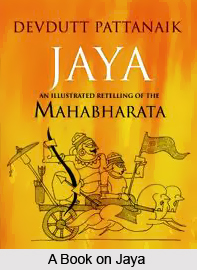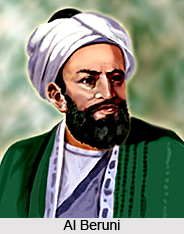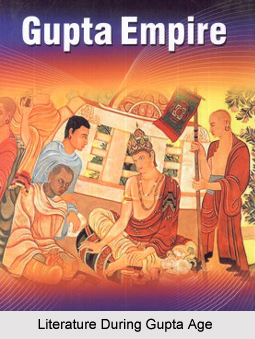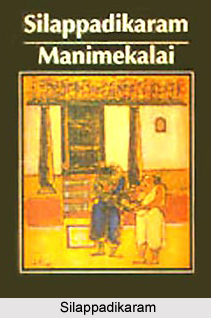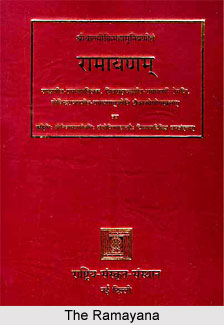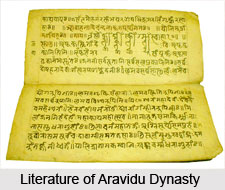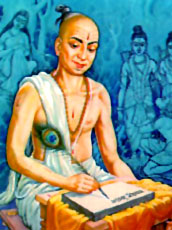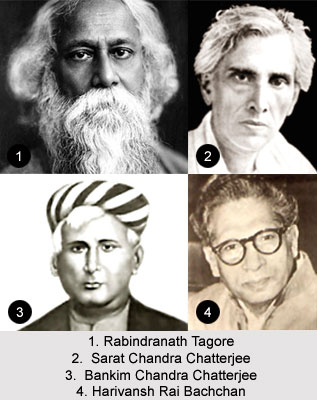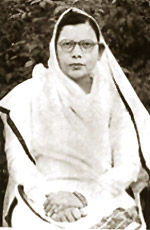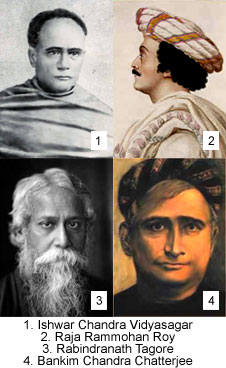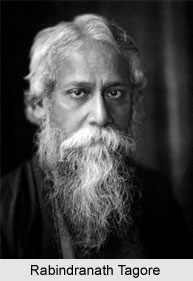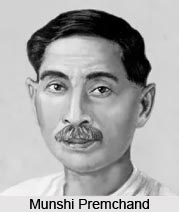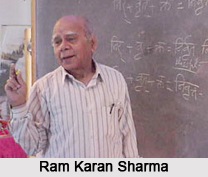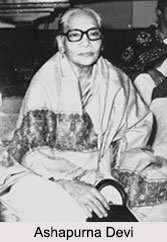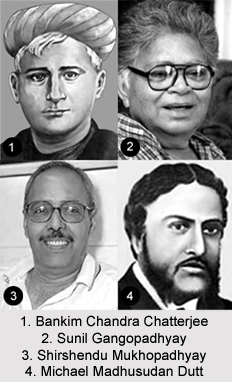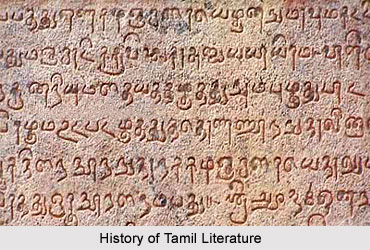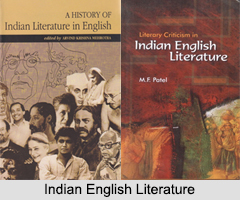Rajasekhara was a great poet and dramatist of his time. He lived in the court of the Pratiharas. The Karpuramanjari was his first play. He was a teacher of Nirbhaya or Mahendrapala of Kannauj. The Balardmdyana was produced at his request. The Viddhasalabhanjika was produced for Yuvaraja Keyuravarsa of Tripuri. But again the unfinished Balabharata was written for the Pratihara ruler Mahipala I. he ruled probably during 914 A.D. The Balaramayana is Mahdndtaka i.e. in ten acts and is very lengthy. The author has expanded each act to almost the dimensions of a Natika. Even the prologue has been expended to the size of an act. Though the drama is based on the Ramayana but the love of Ravana has been made the dominating factor. The Balabharata is based on the Mahabharata covering the marriage of Draupadi and the gambling scene with the ill usages of Draupadi. The Karpuramanjari is classed as a sattaka because it is in Prakrit Language and none of the characters speaking Sanskrit language. The play depicts the love affairs between the kind Candapala and the Kuntale princess, Karpuramanjari cousin of the queen. The same motif is repeated in the Viddhasalabhanjika a regular Natika.
However, there have been certain demerits also in the work of Rajasekhara. According to A.B. Keith Rajasekhara is devoid of the power to create a character. In Vidyadhara malla is stiff and uninteresting besides his model, the gay and gallant Vatsa, the queen is without the love or the majesty of Vasavadatta, Bhagunarayana is a feeble Yaugan-dharayana, whose magician is borrowed in the Karpuramanjari. The heroines are without merit, the Vidusaka in the Karpuramanjari is tedious, but Carayana in the Viddhasalabhanjika has merits. The intrigue in both Natika is poor managed, the confusion of exists and entrances in the Karpurmanjari is difficult to follow and probably more difficult to act, while in the Viddhasalabhanjika the queen is induced to arrange marriage and of a puerile incident effecting the Vidusaka only. The taste of giving two brides to the King at once is deplorable.
Rajasekhara mentions the five dramas of Bhimata, in a verse attributed to him, of which the Svapnadasanama is the best. Bhimata was perhaps a contemporary of Rajasekhara. The works of Rajasekhara show the beginning of the process of decadence of real dramatic quality. According to A. B. Keith several factors led to this decadence. He says that the older poets were, indeed, under the influence of the epic. They lived in the atmosphere of the poetry of the court and their dramatic instincts had always to fight against the tendency to introduce epic and lyric verses into their works.
The Muslim invasion of Northern India at the beginning of the eleventh century caused the decline of the drama. Further, with the development of the vernacular languages, Sanskrit became a language understood and appreciated by a few. However the Nataka continued throughout the post-classical period of the drama.
